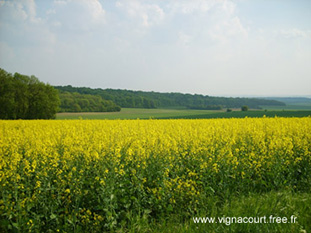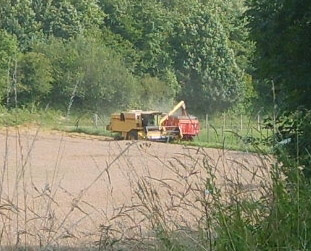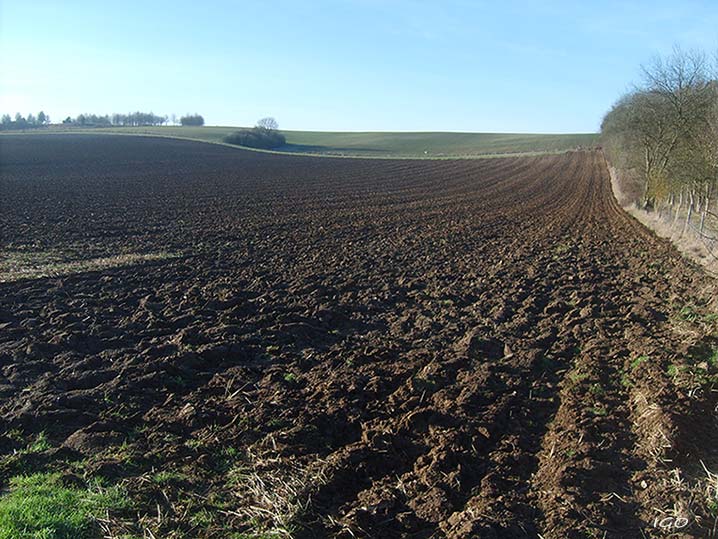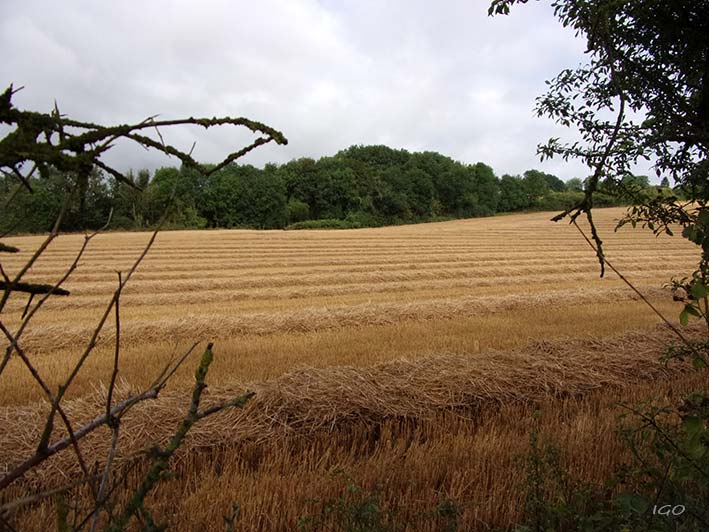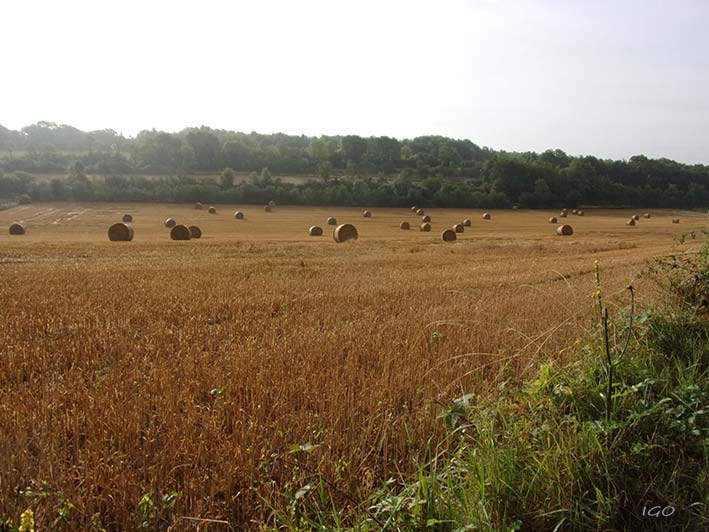Home > Economy > Agricultural farms
Agricultural farms
Wheat, potatoes, sugar beets, and endives are the major crops in the region, with more than 2,000 hectares dedicated to agricultural production. Regarding livestock farming, it tends to decrease.
![]()
The farmers lived off the land, farm produce, dairy produce, and garden products. Sugar production began in the early 19th century in France due to the blocking of sugar imports from the West Indies. The Napoleonic reforms favored its development. Sugar beets grow in the Somme, and chicory is more common in the North and Pas de Calais departments, both of which are adapted to the region's climate. Beets are planted after the winter frost in March and April and harvested in October and November. The harvests are centralized within a departmental cooperative.
The little regional agricultural farms had evolved toward exploitations of medium size after World War II, quite often in the legal form of the Common Agricultural Group, but the number of farmers decreased.
The use of combine harvesters, beet harvesters, and potato harvesters became usual. Many mouths had to be fed after this period of restriction. Producing quickly in quantity at a low cost was essential, but sometimes at the expense of nutritional quality.
In the 2000s, agriculture began a new transformation with a gradual return to production that was more respectful of nature and the nourishing earth to meet market demand.
